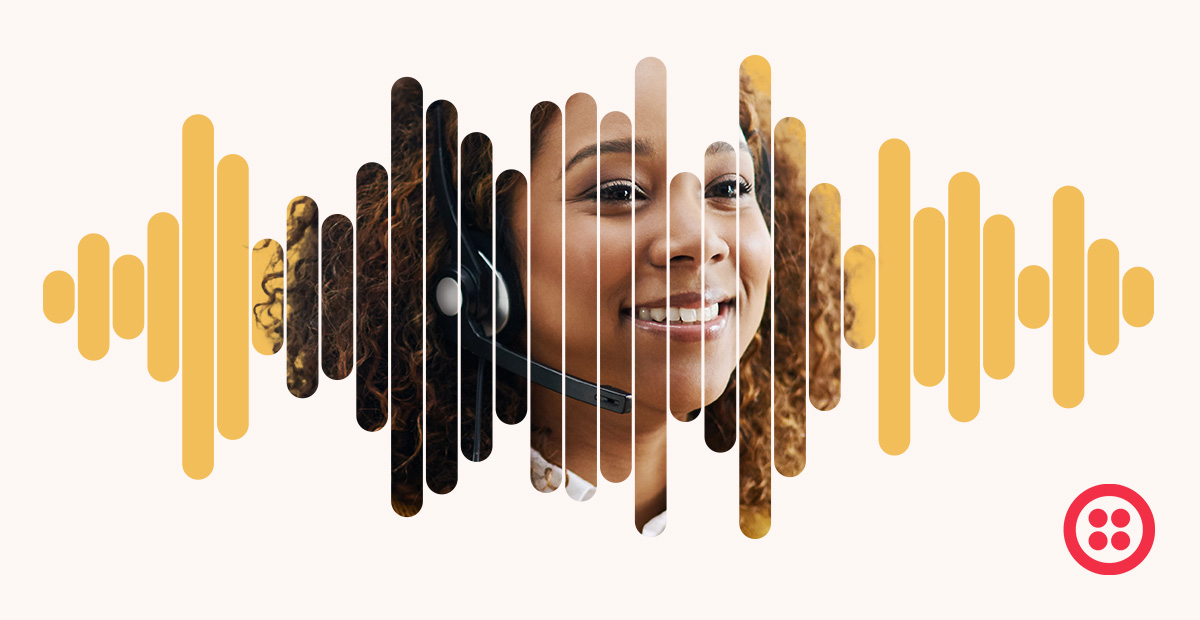CDP vs. CRM: What’s the difference and which do I need?

Time to read: 6 minutes
Customer data platforms (CDPs) and customer relationship management (CRM) solutions are powerful tools for businesses looking to understand customers better and improve the customer experience. But how do you know which is the best fit for your business's needs?
Here, we'll explore the key differences between CDPs and CRMs and help you understand which option is best for your business.
What is a CDP?
A customer data platform is software that cleans, collects, and consolidates customer data from every touchpoint and brand interaction. With customer data in one place, businesses can build complete customer profiles that track an individual’s entire relationship history with a product or service. Then, using those profiles, businesses can use segmentation to understand audiences better and serve more personalized content and campaigns to users.
Key features of a CDP include:
- Collects and unifies data from online and offline sources to provide a complete view of the customer
- Enforces data quality standards and controls to ensure data accuracy
- Gives businesses access to actionable data in real time
- Empowers marketing teams to personalize customer interactions, communications, and experiences
What is a CRM?
As its name suggests, a customer relationship management tool manages your company’s relationships with customers and prospects. It stores user data, tracks customer-facing interactions (like email, chat, phone calls, meetings, and more), and monitors the progress of sales opportunities. A CRM’s main focus is on sales-related activities, with the goal of helping your team improve customer relationships and grow your business.
Key features of a CRM include:
- Stores user data to help manage customer and prospect relationships
- Tracks customer interactions and sales activities
- Helps manage and nurture leads and opportunities to drive sales pipeline
What are the main differences between a CDP and a CRM?
While CDPs and CRMs may seem quite similar upon first glance, there are some stark differences to note:
1. The type of data each collects
The biggest difference lies in the types of data each tool collects. Customer data platforms are responsible for collecting and consolidating user data from all channels and touchpoints. This includes:
- Personal data, like a customer’s name, contact information, income, job title, and more
- Behavioral data, like how a customer interacted with your mobile app, website, social media accounts, chatbots, emails, and more
- Transactional data from past purchases and returns
In addition to collecting personal data, CRMs focus primarily on these additional types of data instead:
- Descriptive data, or information that conveys who a customer is and what motivates them (like hobbies, interests, marital status, business pain points, and more)
- Lead data, like what stage of the customer journey an individual is in and what their lead status is
- Qualitative data, or any notes your sales or customer service teams share after a conversation with the customer
- Quantitative data, or data points that show how an individuals has interacted with your business (like past purchases, product ratings, average order value, and more)
Depending on your needs, choose the datasets that would be more beneficial for your employees.
2. The intended users
Both systems keep different end users in mind. For example, CDPs help marketers, product teams, engineering teams, and business leaders understand their customers and make better, data-informed decisions. CRMs, by contrast, mainly support sales teams and customer success representatives, helping them win over new business and retain existing clients.
3. The platform purpose
While both CDPs and CRM solutions handle customer data, each serves significantly different functions. A CDP aims to manage and understand all customer data. By unlocking a 360-degree customer view, CDPs empower businesses to make data-driven business decisions and build personalized experiences for users.
On the other hand, a CRM tracks sales activities and manages customer relationships. By providing a history of every customer’s relationship with your brand, your sales and service teams can tailor their interactions with customers to win over their trust and loyalty.
CDP vs. CRM: Which option is best for a business?
When it comes to customer data management, companies often face the decision of choosing between a CDP and CRM solution. While both tools can be valuable in helping businesses build better relationships with customers, each has its own strengths that make it more suitable for certain types of businesses and use cases.
Here’s a closer look at the benefits of each platform to help you select the best choice for your business and needs.
The benefits of a CDP
1. Provides a single source of data
Organizations have a mean of 400 unique data sources. Having this data spread across so many systems causes information to be siloed, inaccurate, inconsistent, and unusable for businesses. Luckily, a CDP can help you make sense of the noise.
Using identity resolution, a CDP unifies user history across devices and channels to create a single customer view for each user. That gives your entire organization access to all your customer data in one platform, allowing your teams to make data-driven decisions about your customers.
2. Enables dynamic segmentation
With unified customer profiles, your business can effortlessly build custom audiences and target customers based on demographic, attitudinal, behavioral, or transactional data. For example, you can build an email campaign to re-engage past purchasers who haven’t shopped with your brand in the last three months. Or you might choose to set up a display ad campaign that targets users with a specific job title to entice them to attend your upcoming industry event.
With all your customer data at your fingertips, you can define audience segments quickly and build campaigns in minutes, significantly reducing the time from idea to launch and helping your business engage customers in real time.
3. Makes personalization and targeting effortless
Lastly, CDPs help you activate your data. Once you’ve identified your audience segments, you can create and send targeted messages or offers tailored specifically for your users. With a tool like Twilio Engage, you can even design omnichannel campaigns across email, WhatsApp, and SMS—all from a single, consolidated multichannel marketing solution.
Plus, CustomerAI Predictions allow you to predict customer behavior in real time and at scale to serve the right message to the right person at the right time. CustomerAI then saves these predictions directly to user profiles, helping your team to build audiences, trigger user journeys, and send data to downstream destinations, like your email service provider and third-party ad platforms.
The benefits of a CRM
1. Improves customer service
With a running log of all customer interactions with your business, customer service representatives can quickly review a user’s profile to gain the necessary context and insights they need to help a customer resolve their issue quickly and painlessly.
Plus, service agents can provide a concise overview of a user's problem and its resolution within their profile. This enables other agents to swiftly review and reference the information if the user calls back with a recurring issue.
2. Increases sales
Similar to how it helps customer service representatives, CRMs give salespeople the ability to quickly review every interaction they’ve had with a prospect or client to gain the context they need to personalize their reach outs. Salespeople can also track lead scores and what stage of the customer journey a user falls into to quickly understand whether a lead is hot or cold and what types of content would help them move them further down the sales funnel. Plus, CRMs can help automate sales emails and follow-ups, allowing salespeople to use more consistent messaging that builds trust with prospects.
3. Drives customer retention
Better customer service means happier customers and less user churn. CRMs power more personalized service and communications, helping your salespeople and service agents serve your users better. When your users enjoy doing business with your brand, they’re more likely to stick around and be long-time customers.
CDP vs. CRM: Which to choose
Still wondering which software solution to choose for your businesses? The answer depends on what your business needs most—whether collecting more comprehensive data about your customers to power personalization or managing existing relationships to drive sales. Of course, if your budget allows, you can always use both.
CDPs can work alongside your CRM system to enhance your customer data and help your business provide more personalized customer experiences. Here’s how:
- Advanced data consolidation: A CDP like Twilio Segment can collect customer data from all your different channels and unique customer touchpoints, consolidate it, and send it directly to your CRM. This ensures your CRM has the most up-to-date information about your customers while reducing the chance of data inaccuracies and errors.
- Enhanced customer profiles: Integrating with your CDP gives your CRM access to unified customer profiles. You can share user interactions, like page views, clicks, and actions taken in your app or on your website, with your sales team to understand customer interests and intent better.
- Improved personalization: With these in-depth customer profiles, your customer service and sales teams can use your CRM to build more personalized experiences for your customers based on real-time customer behaviors.
Two platforms can be better than one. Together, a CDP and CRM solution can enhance your customer data management, unlock more accurate customer insights, and help your teams build more efficient workflows. Of course, having both systems means you can empower all your employees—marketing, sales, customer service, product, and more—to make the best of your customer data. Use a CDP to build more personalized experiences for your users while leveraging the CRM to drive sales and grow your business.
Get the most out of your customer data with Twilio Segment
Think a CDP is just what your business needs? Twilio Segment is here to help. Our customer data platform helps businesses unlock a complete view of customers, empowering any team to use trusted, insightful data to build one-to-one personalized experiences at scale.
Get a Segment demo now to help your business take control of your customer data to build better experiences for your users.
Related Posts
Related Resources
Twilio Docs
From APIs to SDKs to sample apps
API reference documentation, SDKs, helper libraries, quickstarts, and tutorials for your language and platform.
Resource Center
The latest ebooks, industry reports, and webinars
Learn from customer engagement experts to improve your own communication.
Ahoy
Twilio's developer community hub
Best practices, code samples, and inspiration to build communications and digital engagement experiences.


